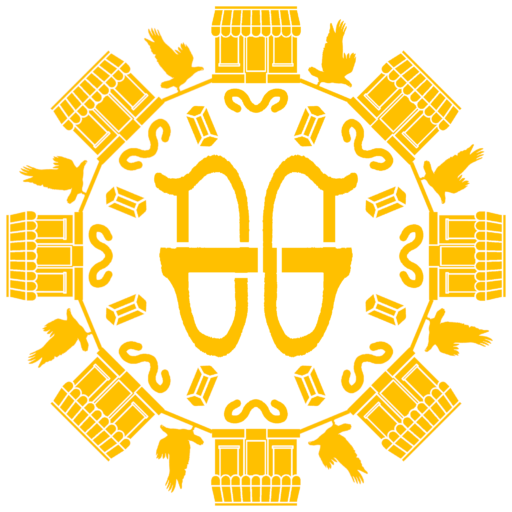Although the designation of a culture as solely being a \”warrior culture\” has negative implications, it cannot be denied that there are fictional cultures in which formidable warriors are produced. Whether they include the Dothraki or the Klingons, warrior cultures play an incredibly important role in establishing a confusing sensation of awe, terror, and primal solidarity. They function to bring the protagonists and even the reader into their sphere.
It does not come as a surprise why conlangs are particularly popular as they apply to the media they are featured in, since these \”warrior cultures\” speak these languages. Of course, that is one component that makes them attractive and would create entire speaking communities of fans. There is also the sense of honor associated with them. Whether they believe in chivalry or Bushido, warriors would also have a code by which they live, either in how to conduct war or how to operate in daily life.
However, the distorted image of the noble savage could influence how warrior cultures are perceived. The inspirations for these fictional warrior cultures come from real-life ones, such as the Vikings of Scandinavia, the Knights of Medieval Europe, the Samurai of Japan, Genghis Khan\’s Mongolian Empire, or the American Cowboys. Though, when you actually analyze them, the cultures to which they belonged had far more nuance than the popular conceptions of them were willing to show. For example, the horned helms of the Vikings were not used during their time, rather they were an appropriation by Germans during the 1870\’s when they wanted to construct an ancestral myth which traced back to Scandinavia.
Perhaps the verisimilitude of the living conditions of these cultures can make the setting more earthy and believable. If the terrain requires the culture to adapt, then it would make sense that these cultures would appear hard to any outsiders; and to any outsider, these cultures would then appear as a \”warrior culture.\” When the terrains include post-apocalyptic wastelands or deserts, the people living in those respective areas would have had their entire lifestyles adapted to the conditions. In the example of the Lakota who are indigenous to the plains of the American Northwest, they take full advantage of the bison for their food, shelter, and implements such as arrows and tools.
Perhaps the appeal of a culture that appears war-like to any outsider might have to do with the interaction between that culture and their environment. Instead of trying to subjugate nature, they seem to want to live in stewardship to it. Perhaps, these cultures reflect an instinctual relationship with nature that all people have encoded in their genetics.
Psychologist Stephen Ilardi noted that the rates of depression had been increasing and can be linked to the problems that come with civilization, such as diabetes, obesity, asthma, and other inflammatory diseases. He made the case that people who lived in hunter-gatherer lives, either thousands of years ago or in isolated tribes in the modern time, have lower rates of depression even though infant mortality rates were high. There is that paradox that comes with modern life; as we achieve better ways of living, we see life as less meaningful.
As for what I would expect to see with these types of cultures in future media, I would hope that while they make commentary on Ilardi\’s speculation; but also that there would be more nuance to the notion that a culture solely focuses on warfare.
